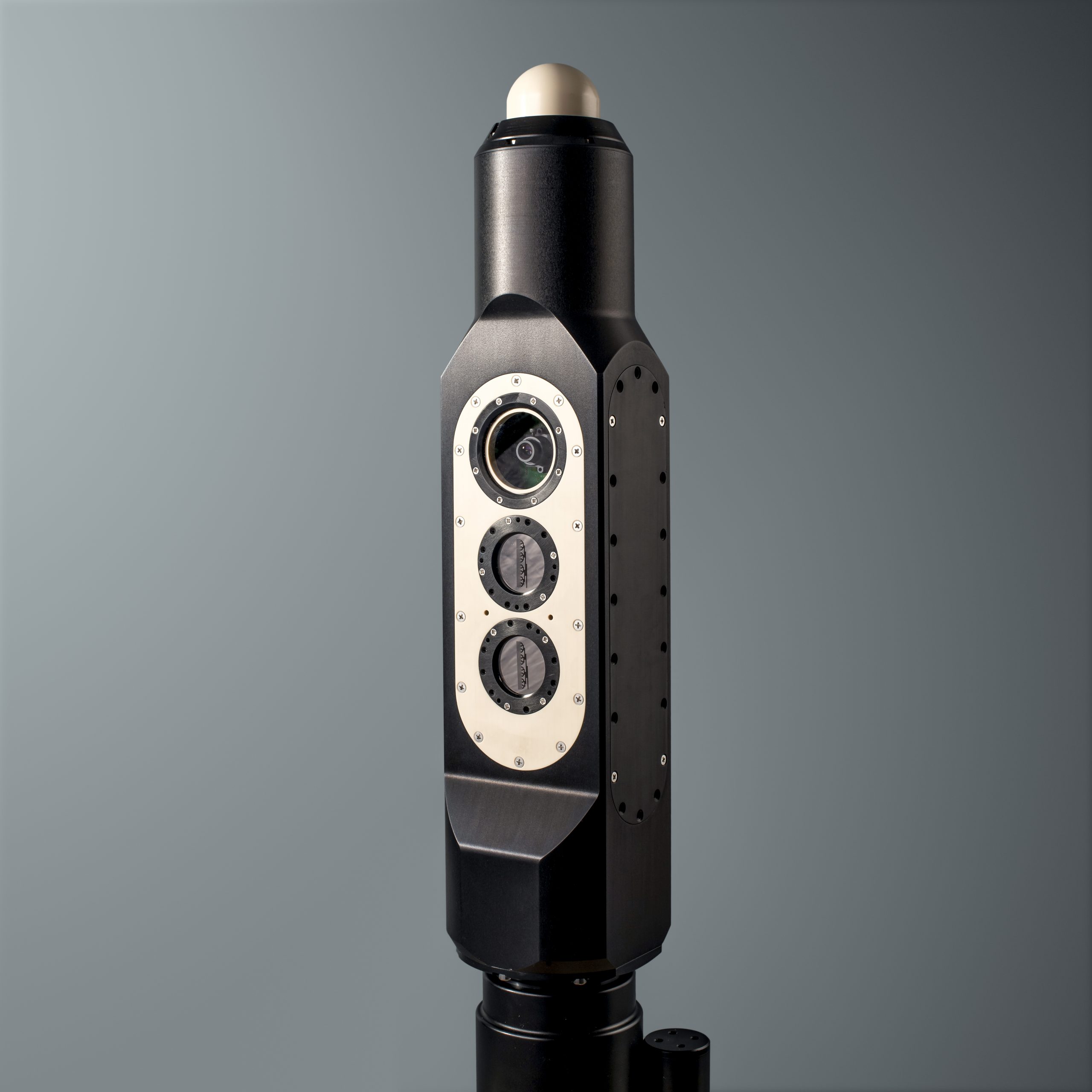MHI Fuel Finders
Fuel finding sensors to operate at Fukushima nuclear power plant
Overview
Fukushima nuclear power plant survived an earthquake, but was devastated by the following tsunami that breached its flood walls. The flood water damaged the cooling infrastructure and led to a melting of the nuclear fuel in the reactor core. The fuel rods melted and flowed out of the core are and were deposited elsewhere in the primary containment vessel. We’ve aimed to develop hardened sensors that can operate in this harsh environment and measure gamma doses to ‘find’ where the fuel has been deposited, and inform the next stages of the clean up and decommissioning processes.
Approach
Following our earlier work in measuring dose rates and calculating activity models in other parts of the site, we were contracted to develop a new sensor system tailored to the particularly harsh radiation environment expected in the primary containment vessel. This ground breaking system built on the N-Visage® foundation was designed and developed using components that were tested against the high does rates expected. The system was also subject to constraints relating to its deployment by remote handling equipment through an existing narrow penetration into the primary containment vessel. The system combined data from gamma cameras, sonar, video and novel structured light elements, that is combined through advanced algorithms (developed in MATLAB) to produce a source activity model of the environment. The sensor system is operated through a web-based GUI.
Solution
We plan to deploy the sensor later this year in Japan. The first step will be integration of new deployment technologies and operator training prior to being installed at Fukushima nuclear power plant. We’ve performed active testing on the system at UK radiation facilities including Harwell in Oxfordshire. It is capable of being deployed through narrow apertures at the end of a 22m boom arm.
Conclusion
The system is now being further developed for future programmes at Fukushima, including plans to upgrade the graphical user interface to support multi-languages. Elements of the developed technologies are also being considered by nuclear power plant operators in the UK for measurements in high dose rate equipment.

